STMGC Local Rules
1. Anywhere through the green, a ball which is embedded in its own pitch-mark in the ground, except in loose sand, may be lifted without penalty, cleaned and dropped as near as possible to the spot where it lay but not near the hole. Local rule to 16.3. 2. Free relief is provided from flowerbeds and cart paths, including the area encompassed by the loop of the cart-path near the eighteenth green. See Rule 25-1b. 3. Even on temporary greens, the ball must be holed out. The two putt Maximum rule is no longer in effect during tournaments, as it is specifically prohibited by USGA Decision 33-8/1. 4. A player may obtain distance information by using a distance-measuring device (DMD) that measures distance only (USGA Rule 4-3). If said DMD also includes functions that measure elevation change (slope) or wind speed use of the DMD is permitted as long as the slope/wind speed functions are not utilized. Penalty for the first breach of Rule 4-3 is the General Penalty (2 strokes); penalty for a second breach of Rule 4-3 is disqualification. 5. Out of Bounds is defined by all boundary fences bordering course and Right of OB stakes on #’s 3, 11, 12 and 18 and Beyond OB stake on # 9 green. 6. Bark under trees – playable area, no free relief. 7. Ball striking overhead wires must be replayed from original position – no penalty. 8. Ball striking steel towers is in play. Steel tower itself is an immovable obstruction (swing or stance relief only). See USGA rules. 9. Staked Trees – Must take free relief when stance or swing might injure tree. 10. Water Hazards are defined by yellow stakes or lines. 11. Lateral Hazards are defined by red stakes or lines. 12. Through the green, a ball that comes to rest in or on an aeration hole may be lifted without penalty, cleaned and dropped as near as possible to the spot where it lay but not nearer the hole. The ball when dropped must first strike a part of the course through the green. 13. When a player’s ball lies on the putting green, there is no penalty if the ball or ball-marker is accidentally moved by the player, his partner, his opponent, or any of their caddies or equipment. The moved ball or ball-marker must be replaced as provided in Rules 18-2, 18-3 and 20-1. This Local Rule applies only when the player’s ball or ball-marker lies on the putting green and any movement is accidental. Note: If it is determined that a player’s ball on the putting green was moved as a result of wind, water or some other natural cause such as the effects of gravity, the ball must be played as it lies from its new location. A ball-marker moved in such circumstances is replaced.” 14r. PLAYING AND LISTENING TO MUSIC Music is allowed to be played during tournaments with the following stipulations:
Note: Listening to music to eliminate distractions or to assist with swing tempo is covered by Rule 4.3. 15. E-5 Alternative to Stroke and Distance for Lost Ball or Ball Out of Bounds Purpose. When a provisional ball has not been played, significant issues with pace of play can result for a player needing to take stroke-and-distance relief for a ball that is out of bounds or cannot be found. The purpose of this Local Rule is to allow a Committee to provide an extra relief option that allows a player to play on without returning to the location of the previous stroke. For a clear explanation, click here 16. F-5 Relief from interference by an immovable obstruction may be taken under Rule 16.1.
Exception – No Relief If Line of Play Clearly Unreasonable. There is no relief under this Local Rule if the player chooses a line of play that is clearly unreasonable. 17. Rule 20.1.c: If you know or believe that another player has breached the Rules and does not recognize or is ignoring this, you should tell that player, the player’s marker, a referee or the Committee. You should do this promptly, and certainly before the player returns his or her scorecard. Your failure to do so could be serious misconduct resulting in disqualification. |
